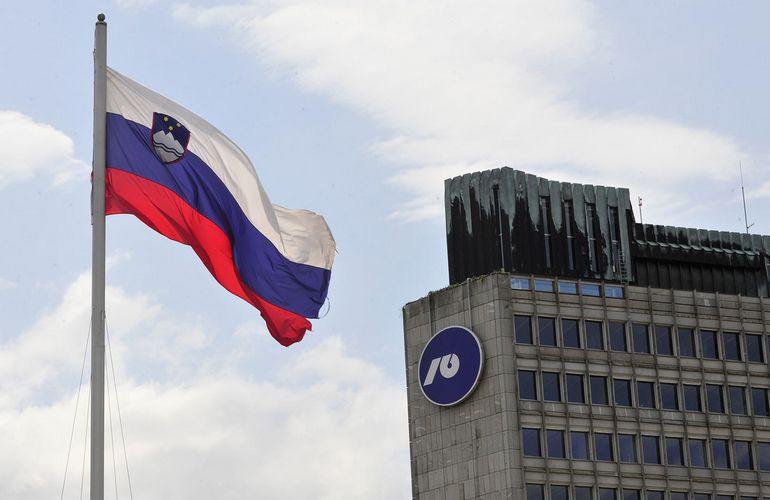Eighteen months ago, Slovenia was staring down the barrel of a gun: its finances in shreds; its lame state-run banks facing either bailouts or bankruptcy. Ljubljana dodged a humiliating IMF bailout but only by pledging to flog poorly run state firms and by forming a national bad bank to house the largest three ropey state lenders. Since then its economy has sprung back to life, while government debt issuance in US dollars and euros have surged. Slovenia isn’t back yet – far more reform is needed – but the body and mind are willing.
Sovereign countries adopt reform-minded agendas for many reasons. Some actively pursue it, whether for ideological or political reasons. For others, it can become the last remaining course of action once a nation’s finances hit the wall.
Slovenia falls firmly in the latter camp. A small but relatively wealthy Central and Eastern European nation with strong trading ties to Austria and Italy, it became the first nation to declare independence from Yugoslavia after the dissolution of the Soviet Union and, in 2004, the first Balkan member of the EU.
Yet its strength was illusory. It failed to live up to expectations, proving slow to dismantle public ownership. State lenders such as Nova Ljubljanska Banka and Nova KBM continued lending to equally puny state-run enterprises. By the second half of 2013, after years of systemic eurozone crisis, the country was on the ragged edge, facing a humiliating IMF-led bailout.
Ljubljana only dodged that bullet by drawing up its own agenda of wrenching and once-unthinkable reforms. The state scoured its budget for €4.8bn (US$5.4bn) to rescue its faltering lenders, with €1.6bn earmarked to form the Banks Asset Management Company, a national bad bank charged with cleansing the sector system of troubled loans. The state began selling off non-core assets, injecting vigour into a docile and undercapitalised private sector.
Yet more eye-catching was the country’s triumphant return to the international debt markets. Slovenia tapped institutional investors for US$15.5bn on no fewer than five occasions in the 24 months to end-October 2014. It was the leading CEEMEA bond issuer in 2014 according to data from Thomson Reuters, printing US$7.5bn in fresh debt, split between US dollar and euro tranches, raising the country’s debt pile to US$30.6bn – high, but manageable.
In October 2014, BAMC also dipped into the market, issuing a state-guaranteed three-year bond offering valued at €424.6m, with an interest rate of 1.5%.
Moreover, the country’s shrewd debt management team proved to have a canny sense of timing. Aware that its reputation was tarnished in Europe, Ljubljana turned first to dollar investors. When those sales soared, it doubled back, issuing, in April 2014, its first euro-denominated bonds in three years, a €2bn dual-tranche print maturing in 2017 and 2021.
“The team made a compelling case to investors on both sides of the Atlantic that the country was suffering from a short-term liquidity crunch rather than a solvency issue,” said Lee Cumbes, head of the SSAR origination EMEA at Barclays. That transformed the country’s finances, leaving them, he said, in a “much stronger position”.
So what now? More of the same please, say bankers and investors.
“The [debt management] team made a compelling case to investors on both sides of the Atlantic that the country was suffering from a short-term liquidity crunch rather than a solvency issue”
An “incredibly opportunistic” government is likely to “continue to turn to the market for debt funding this year and next,” said Marcus Svedberg, chief economist at emerging-market investment manager East Capital.
Pierre Blandin, head of DCM SSA at Credit Agricole, said Slovenia should benefit from a “hopefully improved European economic environment”, as well as a €1.1trn quantitative easing programme rolled out in January by the European Central Bank.
“Slovenia’s debt offers higher yields, and you are seeing more real money from European institutional investors returning to peripheral CEE sovereigns. Slovenia will benefit from that,” said Blandin.
There is much still to accomplish. The banking sector, while much improved, is still drowning in soured debts and stymied by slow credit growth.
Moody’s tips non-performing loans to reach 20% at the end of 2015, up from 13% in mid-2012. Despite upgrading Slovenia’s government bond ratings to Baa3 with a stable outlook in January 2015, Moody’s warned that its rating of domestic lenders would remain at the “lower end” of the scale.
Some fear that a healthy debt funding programme, allied to a rosier economic outlook and the QE rollout, may lead to backsliding on reforms. Ties between state firms and state banks are being severed too slowly, critics grumble.
The country still “needs to change its corporate governance structures, privatise more of the economy, and let a few of the worst leading state firms go under”, said East Capital’s Svedberg.
Slovenia has returned from the brink to become a darling of yield-hungry international bond investors, and rightly so. But there remains so much still to do.
To see the digital version of this report, please click here.
To purchase printed copies or a PDF of this report, please email gloria.balbastro@thomsonreuters.com.

